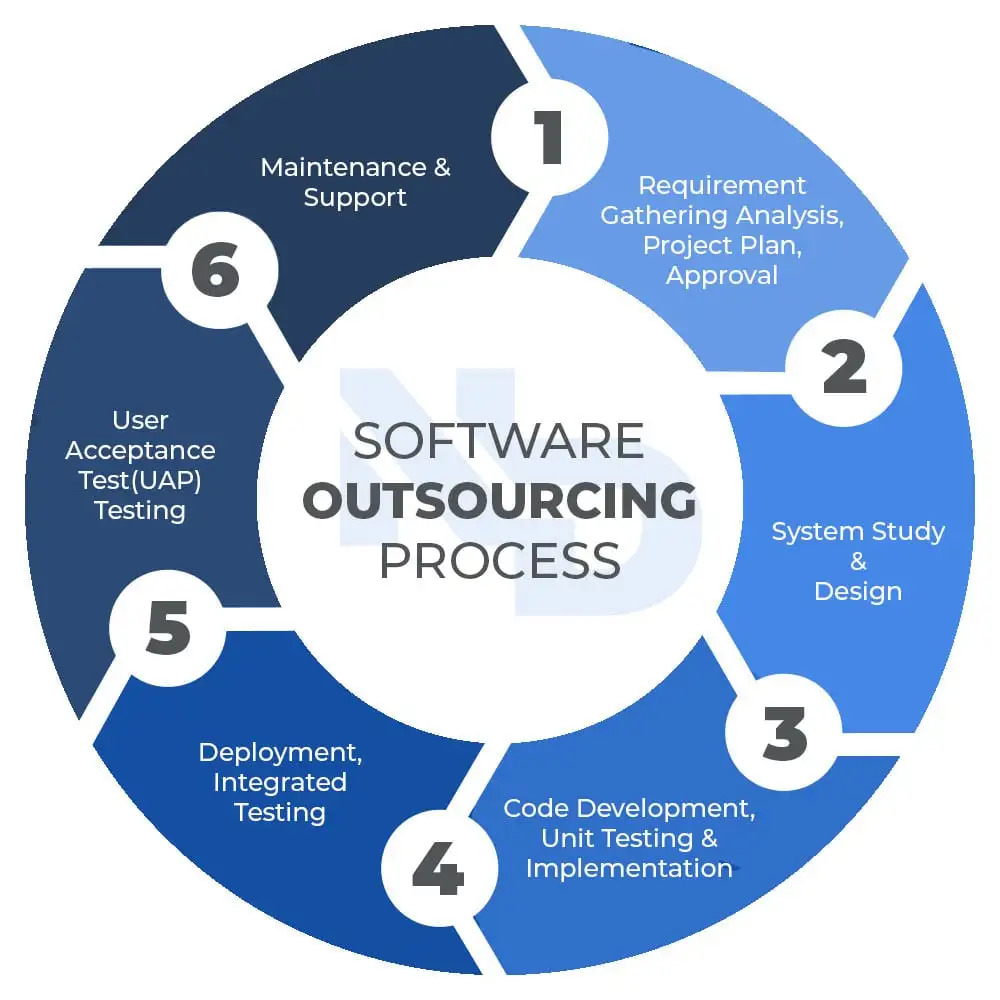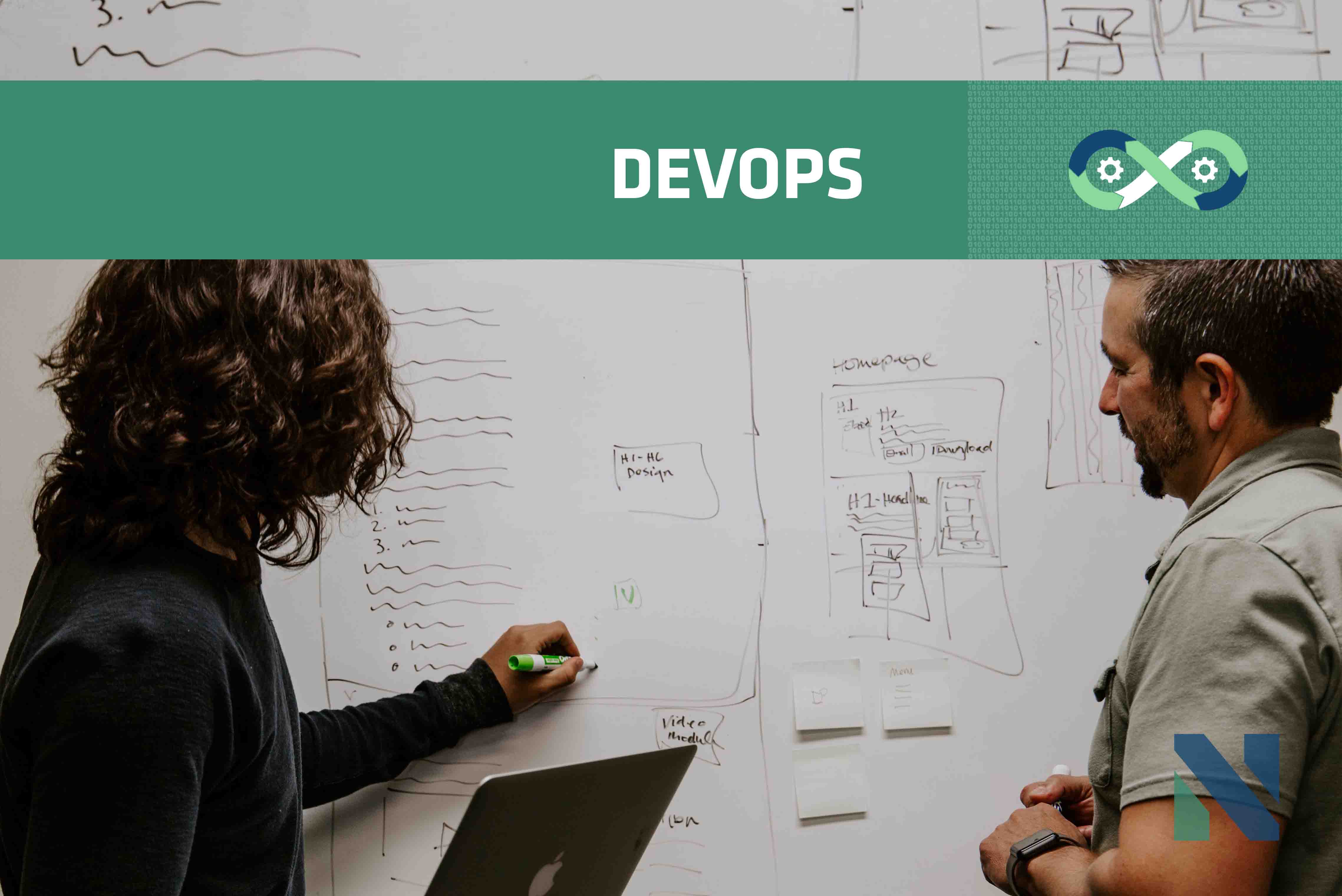“Change the culture of how you view software development efforts.”
What is DevOps ?
Standing for “Development and Operations”, DevOps is a combination of cultural philosophies, methods and tools that enable organizations to develop and improve products faster compared to traditional software development and infrastructure management processes. The goal is to increase the ability to deliver applications and services at high speed. Although it was only really established around 2010, it is a common practice today. Amazon, Google and Netflix are some of the biggest names that follow the DevOps culture.
The Development team is responsible for converting ideas into products. They gather requirements, design, develop, test, refine the backlog and ensure continuous delivery. The Operations team deploys said product and manages it. They rent out the server, configure the server and storage, and they manage outages, backups and security. The DevOps model brings the development and operations teams together, and they cooperate through the entire software application life cycle.
Benefits of DevOps
| Speed | Rapid Delivery | Reliability |
|---|---|---|
| We ensure that the functions of the product are appropriate, correctly implemented and interact well with other components. We make sure you can trust the product with data. | We check if the product can function during specific scenarios, doesn’t fail often and can recover fast. We want to make sure you can rely on our product | We want our products to be easy-to-use and accessible for users. We check learnability, operability, user-error protection and more. |
| Microservices and Continuous Delivery. | Software Release Process For You. | Ensure The Quality Of The Updates And Changes. |
|---|---|---|
| Scalability | Improved Collaboration | Security |
| We ensure that the functions of the product are appropriate, correctly implemented and interact well with other components. We make sure you can trust the product with data. | We check if the product can function during specific scenarios, doesn’t fail often and can recover fast. We want to make sure you can rely on our product | We want our products to be easy-to-use and accessible for users. We check learnability, operability, user-error protection and more. |
The DevOps culture is based on the Agile development methodology. The Agile development breaks lengthy requirements into smaller work segments, thus creating faster time to market and avoiding silos with cross-functional setups. It focuses on development and management to achieve fast development, not fast deployment. Agile methodology is a development process, while DevOps is more of a culture that aims for both fast development and deployment. DevOps embraces Cross-functional collaboration, automation of repetitive tasks and CI/CD pipelines to create the end-product as smoothly as possible. It is also known that DevOps teams deploy updates much more often than teams using traditional software development practices, these small but very frequent updates are incremental. DevOps does carry out the common development methods of Agile, including Scrum, Kanban, Lean and Xp.
There are three principles to DevOps;
Systems Thinking
The continuous and constant flow between the two teams are achieved with continuous integration/continuous delivery/continuous deployment (CI/CD) pipeline, limited WIPs, and automation.
Promote Feedback Loops
Problems should be identified as fast as possible, and feedback should be handled just as urgently. We benefit from automation test suites, tools for detecting failure in the deployment pipelines, and continuous monitoring.
Continuous Experimentation and Learning
DevOps teams have to be open to learning continuously. In order to successfully adopt a culture like this, we value trust among teams, effective communication and collaboration, and we allow Devs and Ops teams to work on non-functional requirements.
DevOps Practices
1. Continuous Integration (CI)
CI aims to find and fix bugs quicker, improve software quality, and reduce the time it takes to release updates. In order to identify bugs and other runtime errors, the developers regularly put the code changes into a central repository and run automated tests on the code.
2. Continuous Delivery (CD)
CD occurs in sync with CI, it makes sure that the code is bug-free before deployment. CD automatically builds, tests, and prepares code changes for deployment in the live environment. Developers are notified of bugs, and the code is automatically retested again and again until the code is ready for deployment.
3. Continuous Deployment (CD)
Continuous deployment automatically releases code changes to a live environment. CI/CD pipeline ensures that the updates and upgrades are available to the end-users as fast and as smoothly as possible.
4. Microservices
The microservice architecture approaches the development of one application as a set of small services. In the monolith approach to development, when there is a problem with one of the services, the entire app malfunctions as a whole, whereas microservices divides these services, which means when one service is down, other services can continue to run. We can even use different frameworks or programming languages to write different services. This makes the process much faster, and makes the app much more flexible.
5. Infrastructure as a Code
Traditionally, infrastructure needs are managed and provisioned through manual hardware configurations. Infrastructure as a code, on the other hand, uses code and software development techniques, like version control or continuous integration, for such needs. This API-powered cloud model enables engineers to interact with the infrastructure. Because infrastructure and servers are defined in code, they can be rapidly deployed, updated or replicated with ease.
6. Version Control
We manage the code in patches or versions, which makes it easy to write and track code changes. This helps with work division as well, since it allows multiple developers to work together on a single version of the code.

Our DevOps Lifecycle focuses on the last phase of our SDLC: Maintenance and Support. That is the “operations” part of the process and it aims to continuously improve the code. DevOps speeds up the integration, delivery, and deployment process without compromising quality.
